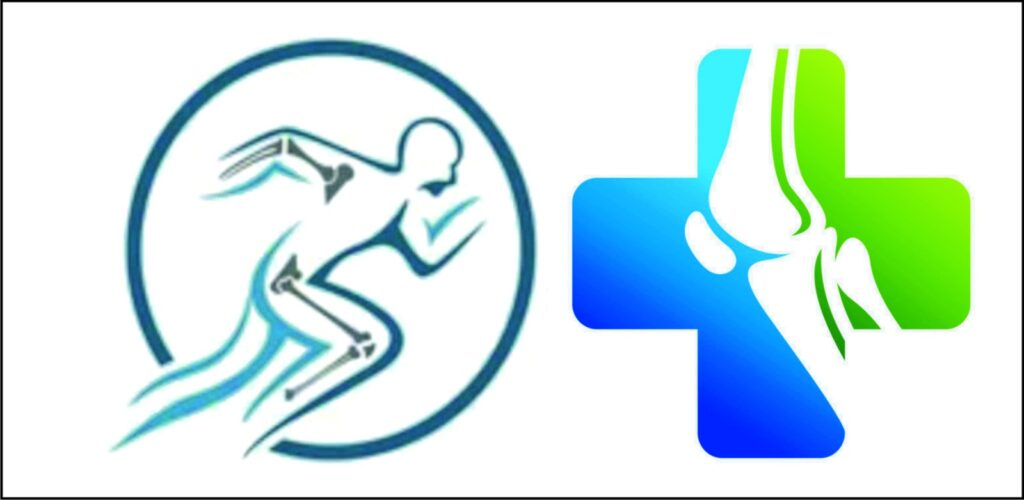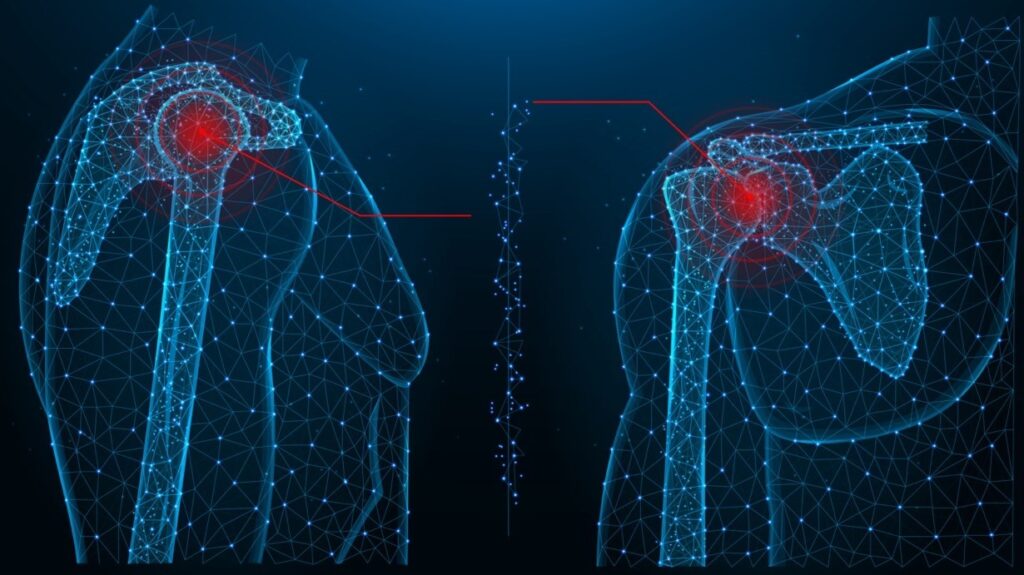Shoulder pain can significantly hinder your daily life, affecting everything from work to leisure activities. When conservative treatments do not bring relief, shoulder arthroscopy might be the next step. This minimally invasive procedure, gaining popularity for its effectiveness and quicker recovery times, could be the solution you are seeking.
In this educational blog, let us dive into what shoulder arthroscopy entails and how it could benefit you.
Understanding Shoulder Arthroscopy
- Shoulder arthroscopy is a surgical technique used to diagnose and treat various shoulder problems.
- Unlike traditional open surgery, arthroscopy involves small incisions, through which a tiny camera and specialized instruments are inserted.
- This camera, called an arthroscope, allows surgeons to view the shoulder joint on a screen and perform precise treatments.
Common Conditions Treated
- Rotator cuff tears: a common cause of shoulder pain, particularly in athletes and the elderly.
- Impingement syndrome: occurs when shoulder muscles are pinched during movement.
- Frozen shoulder: involves stiffness and pain due to inflammation.
- Shoulder instability: where the shoulder joint is loose and slides around too much or dislocates.
The Procedure
- Performed under general anesthesia, shoulder arthroscopy typically takes about an hour, depending on the complexity.
- Surgeons make small incisions to insert the arthroscope and instruments, minimizing tissue damage and resulting in less pain and swelling post-surgery.
Recovery and Rehabilitation
- Recovery time varies but is generally faster than open surgery.
- You might need a sling for a short period.
- Physical therapy is a crucial part of recovery, helping restore strength and flexibility.
Benefits of Shoulder Arthroscopy
- Less invasive: smaller incisions mean reduced pain and scarring.
- Quicker recovery: many patients return to normal activities faster.
- High precision: enhanced accuracy in treating specific issues.
- Reduced risk of complications: lower risk compared to open surgery.
Choosing the Right Surgeon
Selecting a skilled surgeon experienced in shoulder arthroscopy is vital. Do not hesitate to discuss their experience, success rates, and your specific concerns.
Conclusion
Shoulder arthroscopy stands out as a modern solution for various shoulder issues, offering a potentially quicker and less painful route to recovery. If you are considering this procedure, consult with an orthopedic surgeon to understand if it’s the right choice for you. Remember, the right procedure and expert care can bring you back to your active lifestyle with ease.


